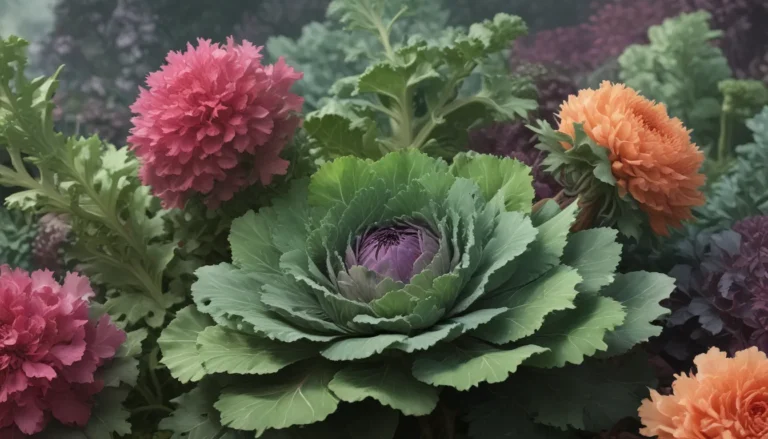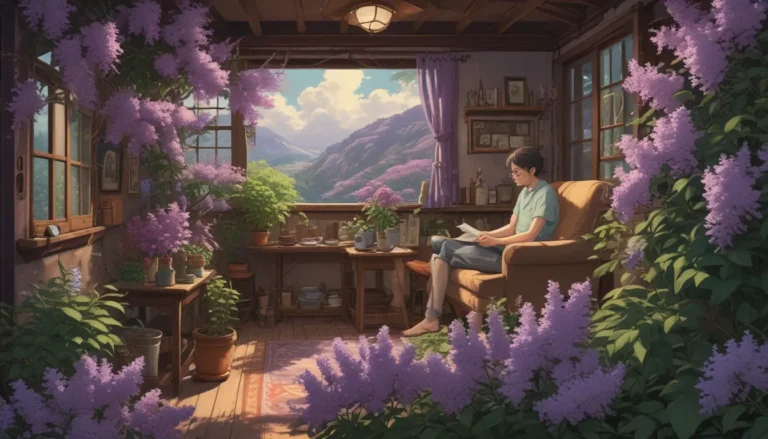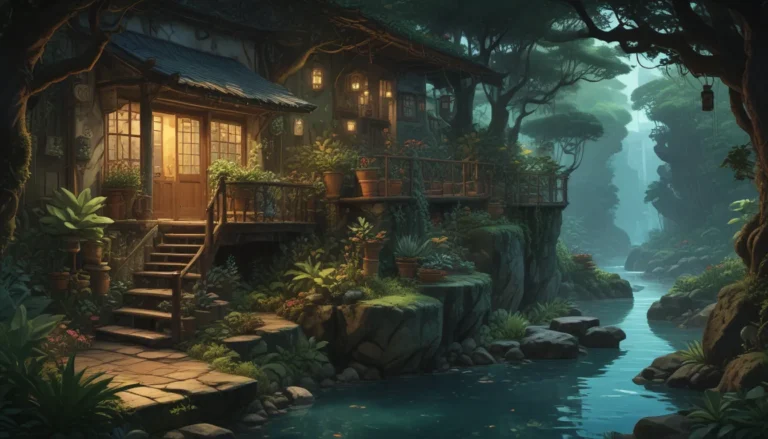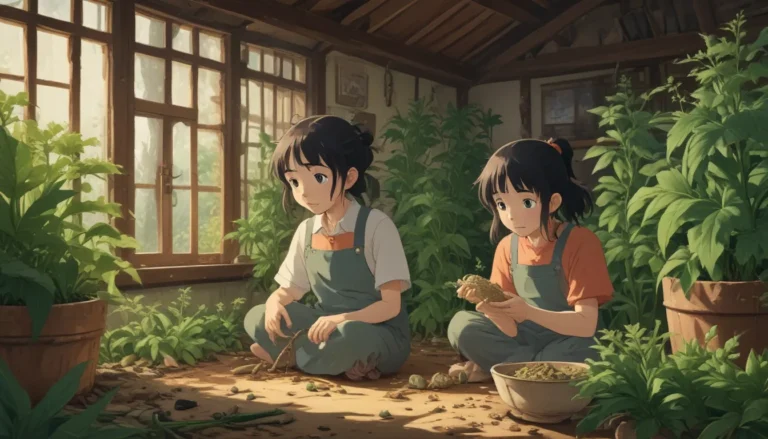Mastering the Transition: Planting Flower Bulbs After Forcing
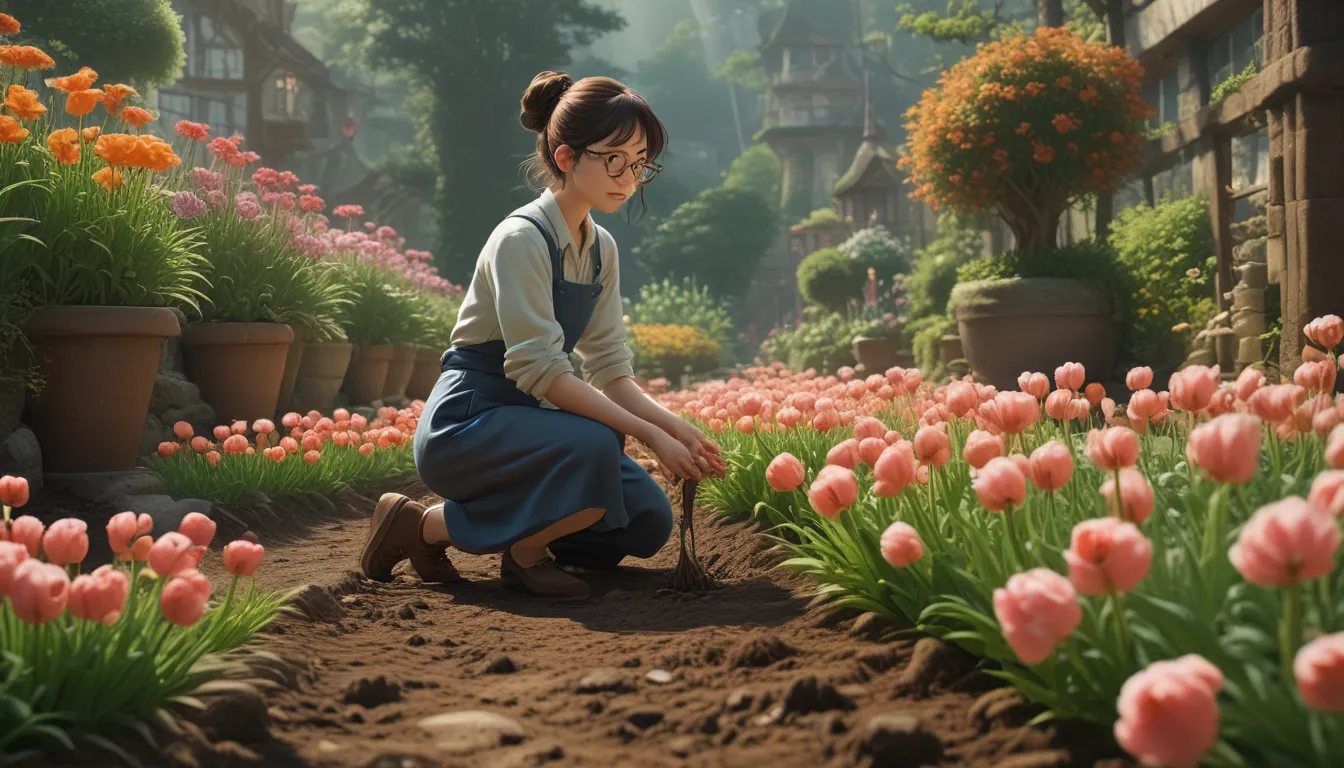
For gardeners looking to brighten up their winter days with the colors and fragrances of forced flower bulbs, planting them in the garden after blooming indoors is a rewarding experience. This process allows these spring and summer varieties to reset their internal clocks and eventually return to their natural blooming cycles, bringing joy to outdoor spaces as well.
In this guide, we will explore the ins and outs of transitioning forced bulbs to the garden, from saving them after blooming to planting them in the right conditions for successful growth. Let’s dive in!
Saving Forced Bulbs
Once the forced bulbs have finished blooming, it’s essential to provide them with the care they need to replenish their energy reserves and prepare for their next blooming cycle. Here are some steps to follow:
- Deadhead or clip off spent blooms while leaving stems and foliage intact.
- Place the containers in a bright location with temperatures between 55 and 70° F.
- Feed the bulbs with an all-purpose balanced fertilizer to support their growth.
- Water regularly until the foliage turns yellow, withers, and dies back.
- Remove dead foliage and allow the soil to dry out completely.
For spring-blooming varieties, you can store the pots in a dry, cool location until fall planting. Summer-blooming types can be kept in their pots until spring temperatures are warm enough for outdoor planting.
When and How to Plant Out
When it comes to planting forced bulbs in the garden, providing the right growing conditions is key to their successful transition. Here are some tips to keep in mind:
- Plant bulbs in well-draining soil amended with organic material like compost or manure.
- Maintain a slightly acidic to neutral pH of 6.0 to 7.0 for optimal growth.
- Add phosphorus-rich fertilizers like bone meal to promote root development and energy storage.
- Plant bulbs at a depth that is two to three times their height for protection in different climates.
- Water deeply after planting and feed monthly with a liquid fertilizer until flowering begins.
By following these guidelines, you can ensure that your forced bulbs have the best chance of thriving in their new outdoor environment and producing beautiful blooms in the seasons to come.
Color and Fragrance
The vibrant colors and enchanting fragrances of forced bulbs can bring joy to any winter day. By transitioning these blooms to the garden, you can enjoy their beauty year after year. Remember to keep the foliage intact to support energy replenishment and provide regular watering until the bulbs enter dormancy.
Whether you plant them in spring or fall, these forced bulbs have the potential to brighten up your garden and bring a touch of natural beauty to your outdoor space. Embrace the process of planting flower bulbs after forcing and watch as your garden comes alive with color and fragrance.
Are you ready to plant your forced bulbs outdoors this year? Share your thoughts in the comments section below!
For more ideas on forcing flowers indoors, consider exploring these helpful guides:
- How to Force Spring Blossoms Indoors When It’s Cold Outside
- How to Force Grape Hyacinth (Muscari) Bulbs to Bloom Indoors
- How to Force Amaryllis Bulbs to Bloom Indoors
Conclusion
As you embark on the journey of planting forced flower bulbs in your garden, remember to provide them with the care and attention they need to thrive. By following the steps outlined in this guide, you can enjoy the beauty of these blooms for years to come. Embrace the process of transitioning forced bulbs to the garden and witness the magic of nature unfold right in your own backyard. Happy planting!
